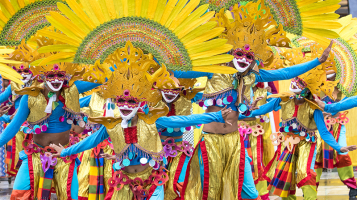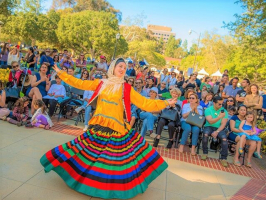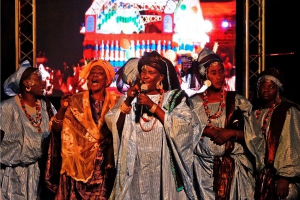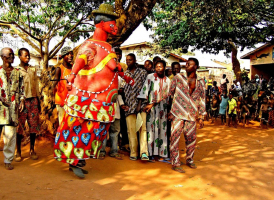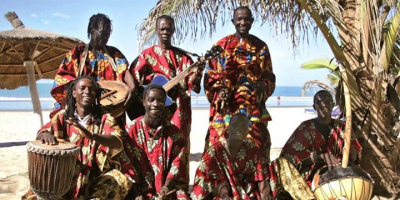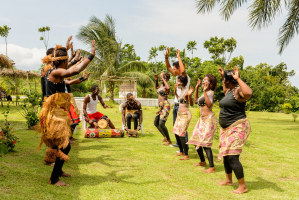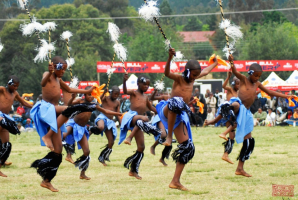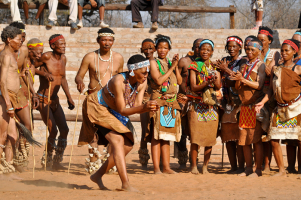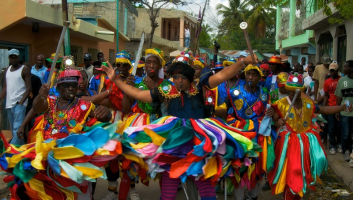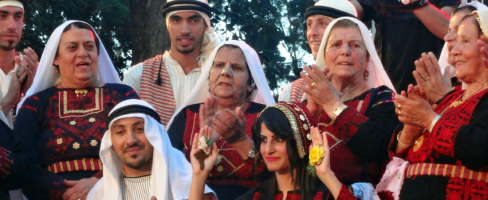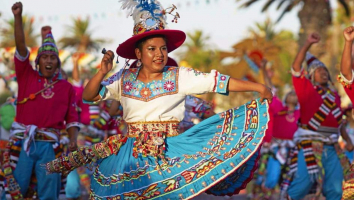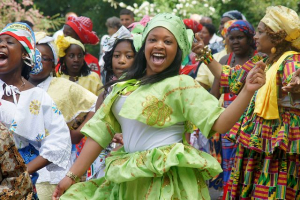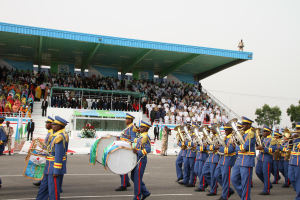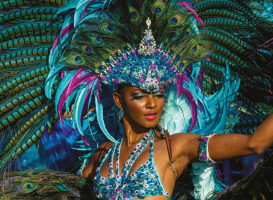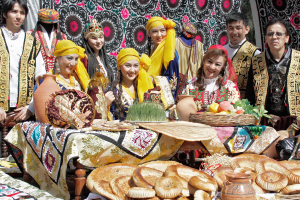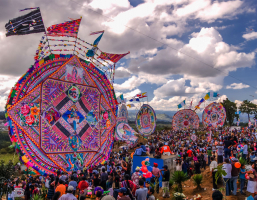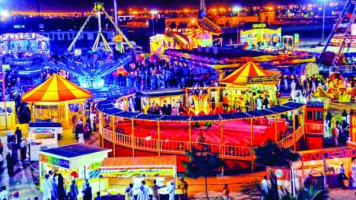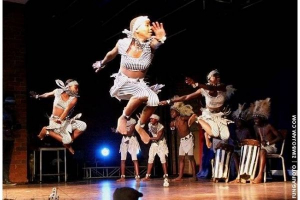Top 10 Most Famous Festivals in Mongolia
Like many countries rich in culture and heritage, Mongolia offers tourists a wide range of festivals. Landlocked between China and Russia, Mongolia is famous ... read more...for festivals that feature its unique and diversified customs. If you want to immerse yourself in these colorful and traditional festivals, below are the 10 most famous festivals in Mongolia that you should not miss.
-
Like many Asian countries, Mongolia also celebrates the Lunar New Year which is known as the Tsagaan Sar festival. The most important festival in Mongolia can be translated as White Moon.
People celebrate Lunar New Year with their families and friends. At dinner, which is held by the head of the family, family members have a tradition of exchanging gifts, wearing their most beautiful traditional clothes, and sending greetings to the eldest. Symbolically, it’s also time for apologies and reconciliation and repayment. They often hold khadags, which are long silk cloths that unite them. Moreover, Tsagaan Sar is a collection of traditional food, including dairy products, mutton and horse meat, buuz (dumplings), airag (fermented mare’s milk), rice with curds, and a “mountain” of cookies stacked high.
When: Between the end of January and the end of February
Where: All over the country
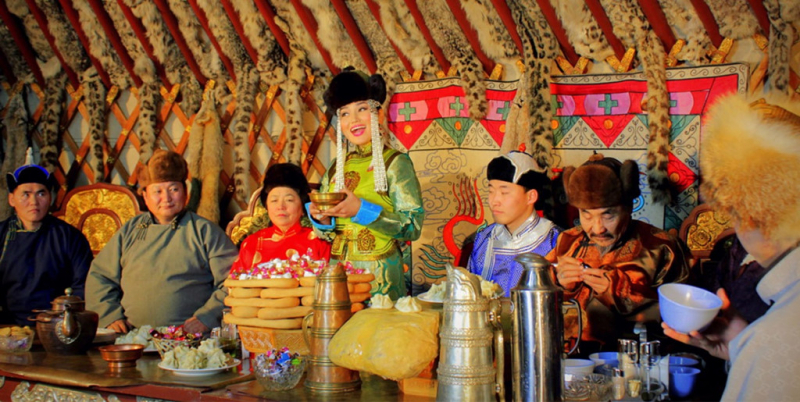
Photo: Kyluc.vn 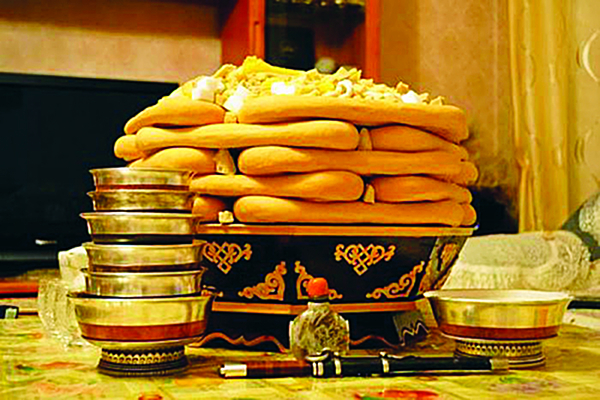
Photo: Phunu8.vn -
In Mongolia, people expect March to enjoy one of the best festivals in Mongolia, which is the Ice Festival at Lake Khovsgol. Except for 250 days of sun, the remaining days are extremely cold winter months, especially March which marks the deepest winter on the Earth with temperatures regularly dropping below -35°C. However, on harsh days, the powerlessness of humans against nature is celebrated at the Khovsgol Ice Festival.
This festival is definitely a feast for the senses because it boasts many activities, such as horse-sled races, ice rally-driving, wrestling, tug-of-war matches, and dog sledding. In addition, because the ice is so solid, many people light bonfires on the frozen lake, leaving only a small puddle behind. By the lakeside is the showcase of the work of ice sculpture. The festival is also a fashion show because participants wear their own colorful, traditional costumes that represent the country’s 21 different regions or aimags where they hail from. Therefore, it is an opportunity for tourists to experience the traditions and lifestyles of Mongolian reindeer herders.
When: March
Where: Lake Khovsgol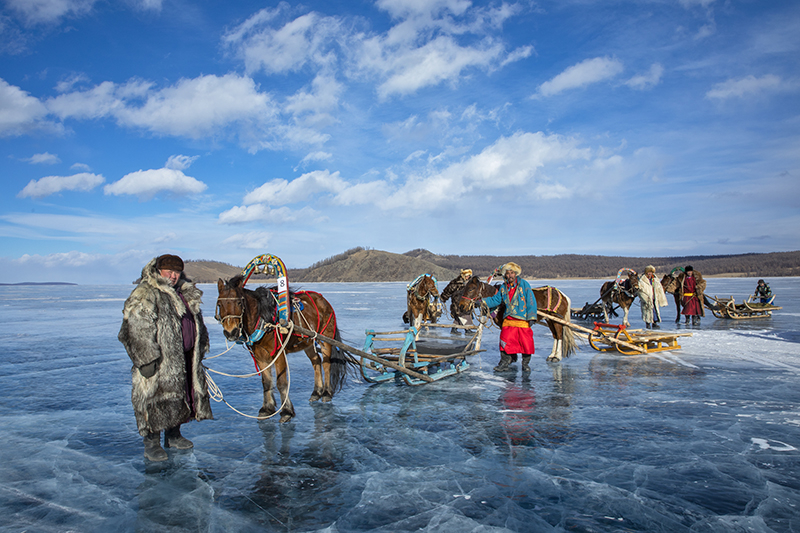
Photo: Ayan Travel Mongolia 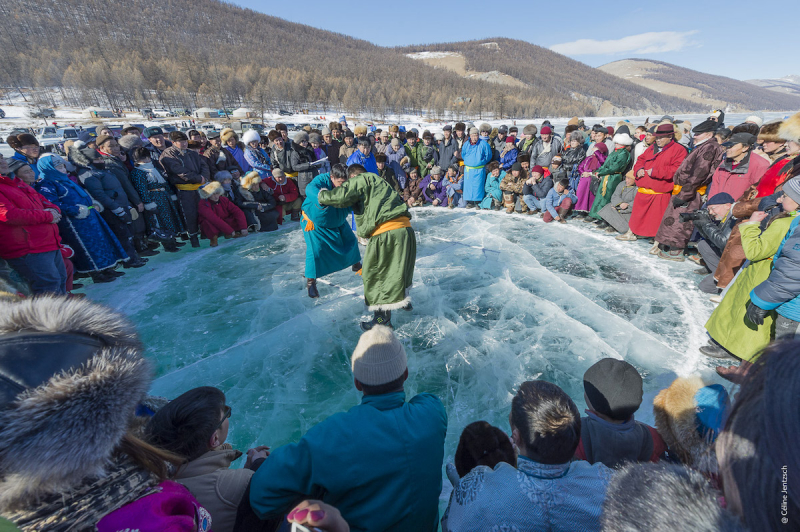
Photo: LUXUO.VN -
The Mongolian Kazakhs - the nomads of Western Mongolia living in the Bayan Ulgii province held the Nauryz festival to celebrate the beginning of their new year and mark their renewed life. Therefore, Nauryz means new days and it represents goodness, happiness, friendship, and love. This festival helps people develop a stronger sense of community as they visit one other's homes. Some even visit the homes of people they don't know directly. There are many enjoyable activities, namely folk concerts, parades, and wrestling.
People believe that the more festive they celebrate the Nauryz, the happier the coming year will be. As a result, people are expected to visit and eat the Nauryz soup (including the seven elements of life; water, meat, salt, fat, flour, rice /rice, wheat or millet/, and milk) at 40 families if possible. Besides, they always fill all containers in the house with milk, airag, grains, and spring water to symbolize the abundance of milk, harvest, and rain.
When: 21-22 March
Where: In Bayan-Ulgii province
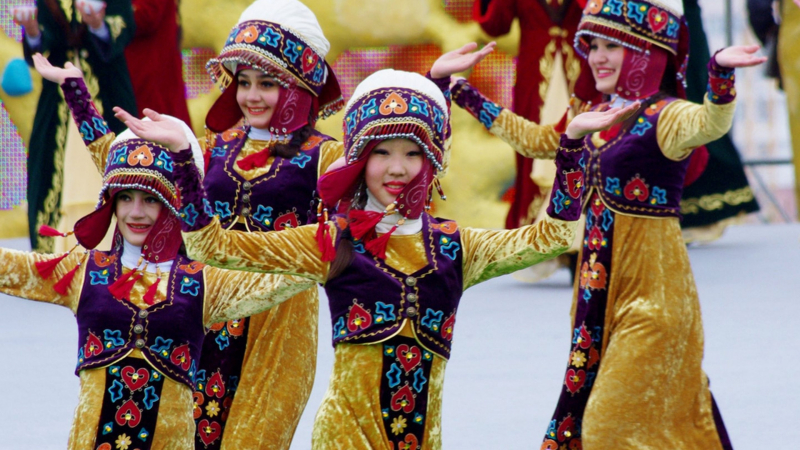
Photo: Rove.me 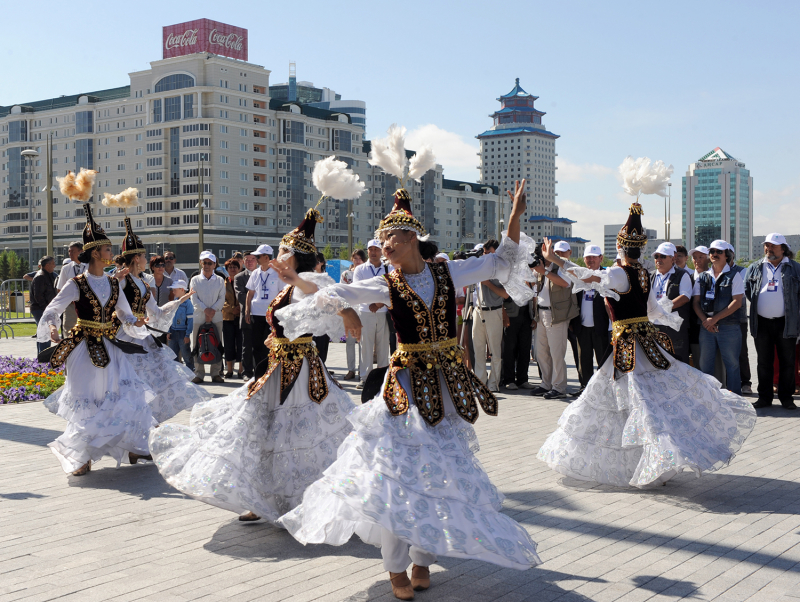
Photo: The Astana Times -
Because the endangered Bactrian camel plays an important in the lives of the Gobi nomads, each year, the Mongolian organize the Thousand Camel Festival, held in the Gobi Desert. In the background of the beautiful scenery of the Gobi Desert Red sandstone cliffs, soaring dunes, and glacial canyons, camels appear in their beautiful and thick coats. Highlights of this annual festival are camel racing and polo competitions. Other cultural activities are performances of traditional Mongolian music and dance.
Gobi Camel Festival is not only the best Mongolian festival for locals and tourists but also an event to promote the value of camel, introduce the camel herder to Gobi desert nomads’ culture locally and internationally, and increase the number of Gobi nomads’ friends. Since the first festival in 1997, camel head has risen from 192.000 to 460.000 nationwide.
When: March 6th and 7th
Where: Dalanzadgad town of South Gobi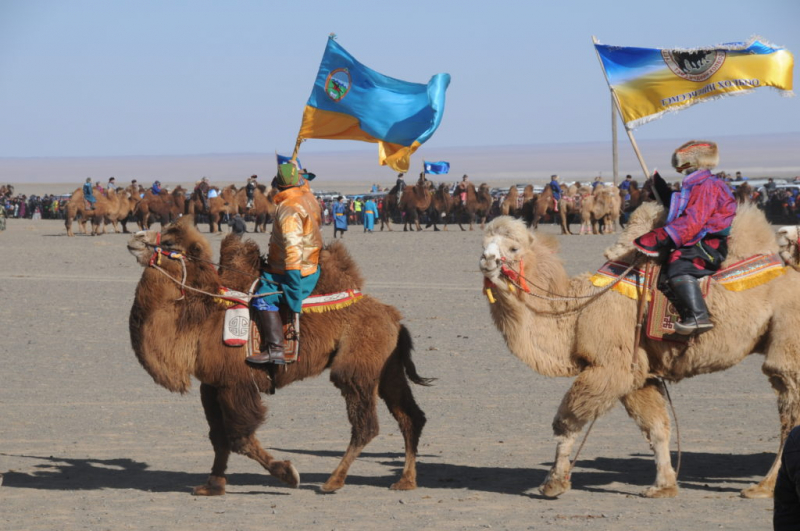
Photo: Stone Horse Mongolia 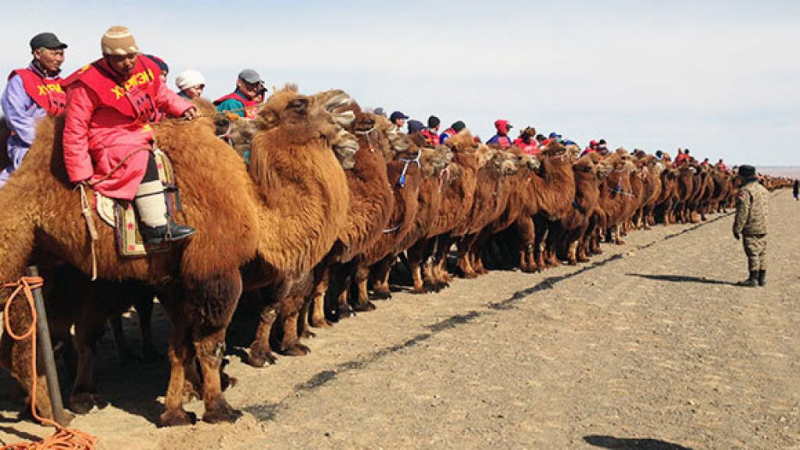
Photo: Mongolia Guide -
Golden Eagle Festival is celebrated twice each year, in September and October when the weather is turning colder, and the eagles are waking up in preparation for a winter of hunting. The festival demonstrates the tradition of the Kazakhs who is a national minority in Mongolia. Kazakh community maintains their tradition and culture by organizing traditional festivals, one of which is the Golden Eagle Festival. Besides preserving this ancient hunting tradition, the Kazakhs aim to promote their heritage to the world.
The festival begins with a parade of well-dressed eagle hunters riding horses and bearing their eagles in their right arms. It is a must-see event where tourists can enjoy and admire the speed and power of the noble eagle as well as the close relationship between the eagle and the master.
When: September and October
Where: Bayan-Ölgii aimag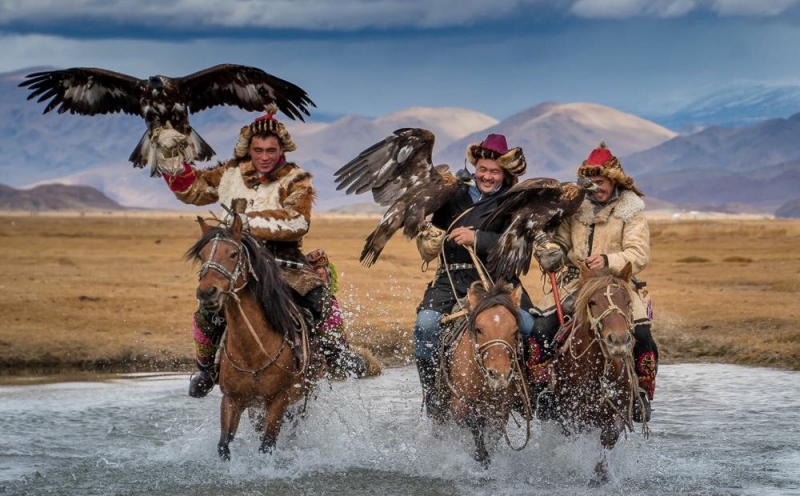
Photo: Altai Nomads Travel 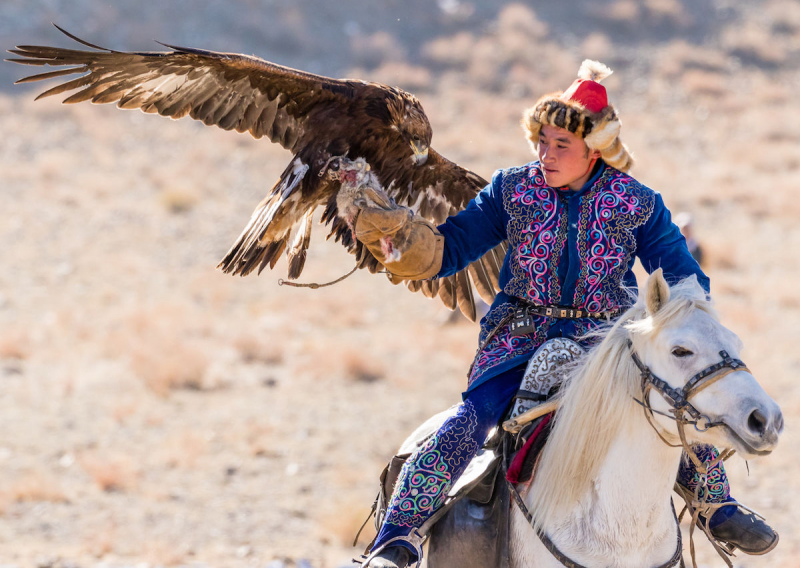
Photo: Matador Network -
Naadam is a summer festival that takes place in most towns and villages across the country. It is also the biggest national holiday and one of the most renowned festivals in Mongolia which highlights both Mongolian arts and sports. There are three major competitions taking place every year and they are danshig - wrestling, horse racing, and archery. Wrestling is reserved for males only, archery is open to both men and women, and youngsters (as young as five years old) jockey for races up to 35 kilometers. The arts, singing, dancing, and theater performances also attract many locals and tourists throughout the festival. There are stunning parades of mounted cavalry, athletes, and monks at the opening and closing ceremonies. Another popular activity in the festival is the playing of games using shagai, sheep anklebones which are game pieces and tokens of both divination and friendship
Traditional cuisine, or Khuushuur, and a special drink made of horse milk are served around the Sports Stadium. In general, the festival symbolizes national independence and boosts their roots and their nomadic culture.
When: July 11th - 15th
Where: Ulaanbaatar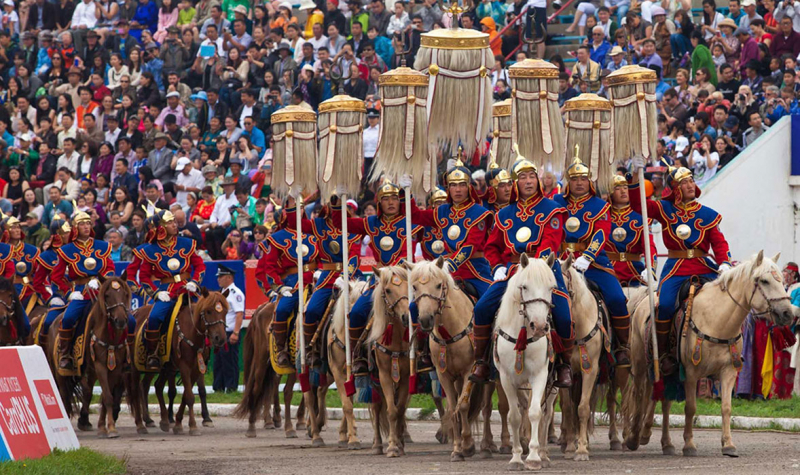
Photo: Discover Mongolia 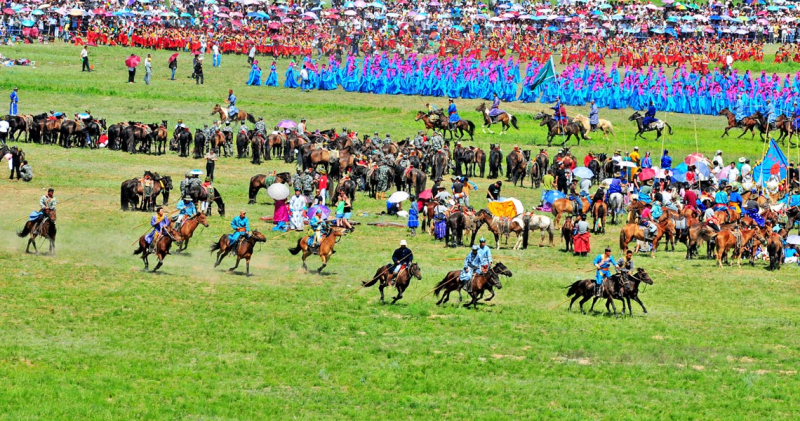
Photo: China Discovery -
Mongolian Yak Festival is an event held in the Orkhon River Valley in Bat-Ulziit soum, Uvurkhangai province which is recognized as a World Cultural Heritage Site by UNESCO due to its stunning nature, Buddhist Monasteries, and historical remains.
Yak Festival celebrates the yak - a strong animal among the other animals of the nomads. After the speech of a local governor, the festival starts with a yak parade and performance. Visitors can take part in many activities which help to promote the yak herder nomads, such as yak lassoing (The participants lasso a yak from an untrained herd of yaks), yak training (The participants ride and train the yaks they lasso), team competition of the yak herders, yak racing… Also, the festival benefits from the yak-related products: dairy products, yak hair/skin/horn products.
When: July 23th
Where: Orkhon River Valley, Bat-Ulziit soum, Uvurkhangai province
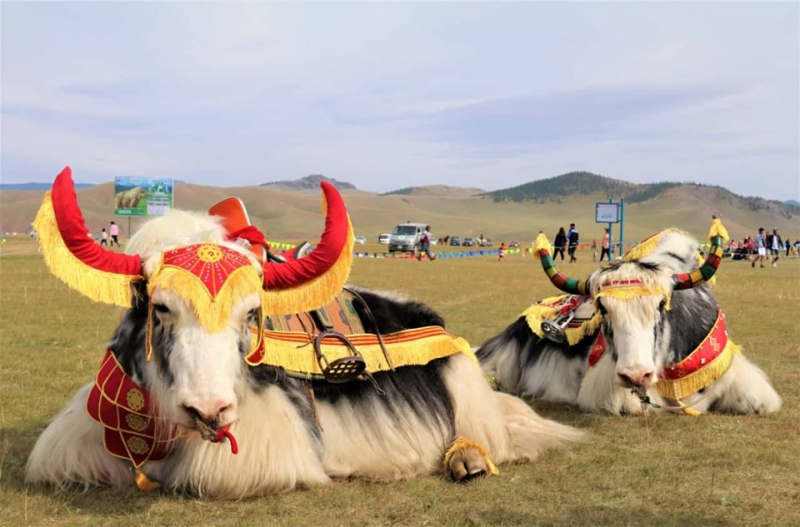
Photo: News.MN 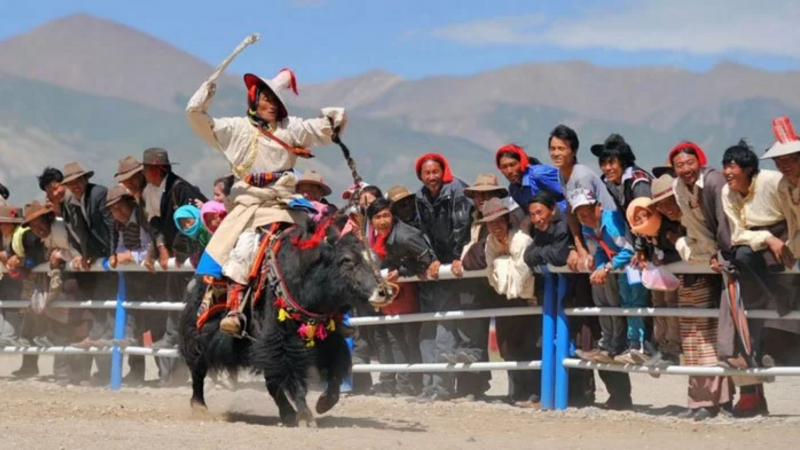
Photo: Tibet Vista -
Silver Reeds Festival is a prominent event for tourists to explore numerous ethnic groups with unique traditional dwellings, lifestyles, literary and musical traditions, and more. The festival was first organized by the WWF and held in collaboration with the community to promote local tourism, ice games, and historical traditions. Therefore, visitors can take part in many competitions, such as ice shooting, the best couple on camelback, best traditional costumes competitions, dance and camel race, skating marathon on the lake and other ice games.
Other interesting side activities are offered to the guests, including horse-sled, photography exhibition. Besides, ice sculptures of endangered species with explanation badges bring an educational exhibition for all visitors. In recent years, it has become one of the most eagerly anticipated events for not only the local community but also international tourists.
When: February 21th & 22th
Where: Khar Us Nuur, Khovd province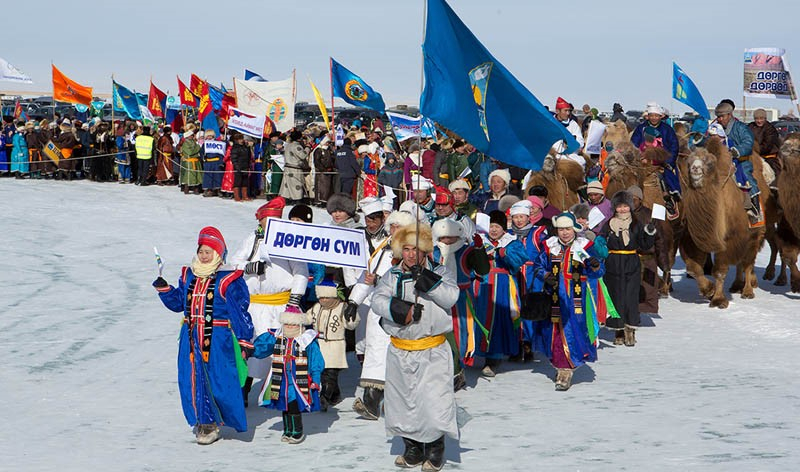
Photo: Ayan Travel Mongolia 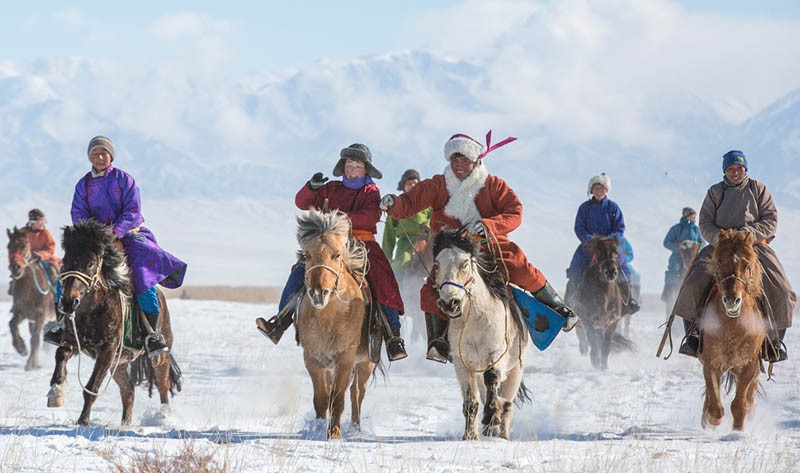
Photo: Ayan Travel Mongolia -
The annual Crane Festival takes place on the shores of Tsagaan Lake in Binder soum, Khentii province. Cranes come in 15 different species, six of which are found in Mongolia. The festival’s purpose is to raise awareness of the white-naped crane, which is listed as an endangered species as well as to develop local tourism. Tourists joining this festival will have an opportunity to see traditional three macho sports, a tour of an observing crane, and an introduction to nomadic life.
One of the most joyful parts is the performance of dances and theatrical shows about cranes, threats, environmental problems, and the importance of conservation. There is also a collection of hand-made crafts, art, and paintings. Therefore, the festival gives you not only great bird watching but also information about the environment and wildlife.
When: June 7th
Where: Binder soum, Khentii province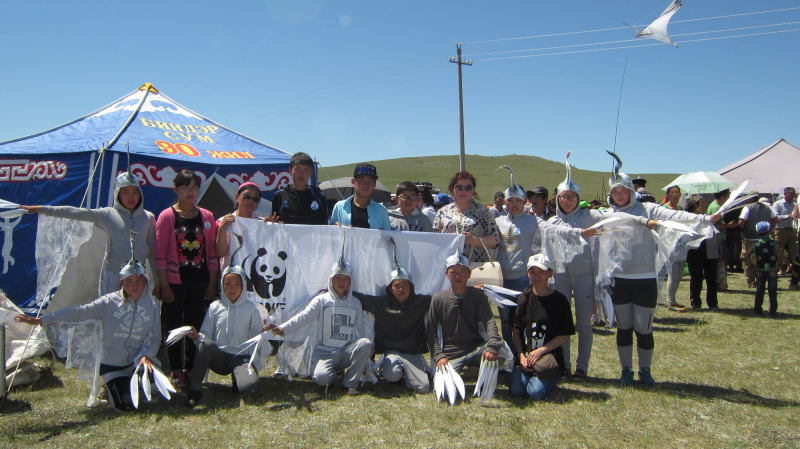
Photo: WWF 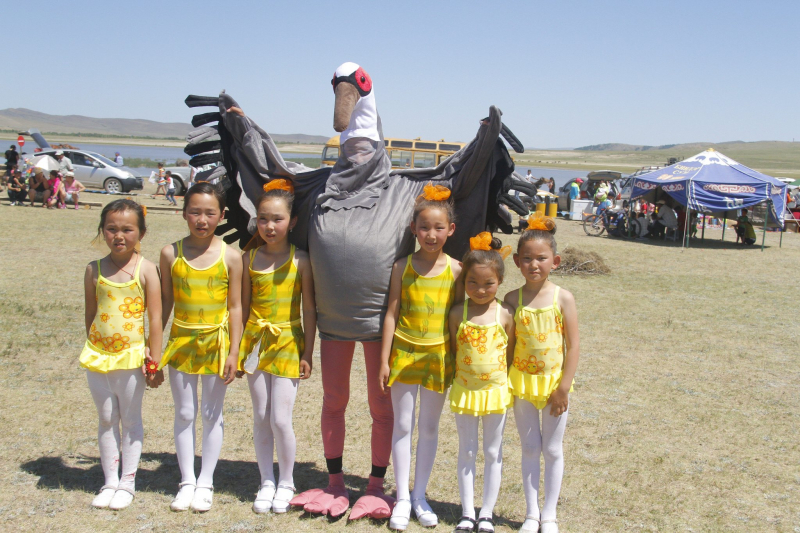
Photo: Wildlife Science and Conservation Center of Mongolia -
Hunnu is one of Mongolia's most powerful empires and ranks 7th among civilizations in the world. Hunnu festival is held with the goal of promoting local tourism and modern Mongolia through all genres of Mongolian and international electronic, hip hop, and dance music. For music lovers, Hunnu Music Festival is Mongolia's best international music event, bringing together top DJs from around the world. This best music festival definitely should be on your bucket list.
Despite the differences in languages, perspectives, and cultures, visitors would be united as one in the festival. It is a wonderful time for people to enjoy the vibrant atmosphere and experience Mongolian historic values.
When: June
Where: Ulaanbaatar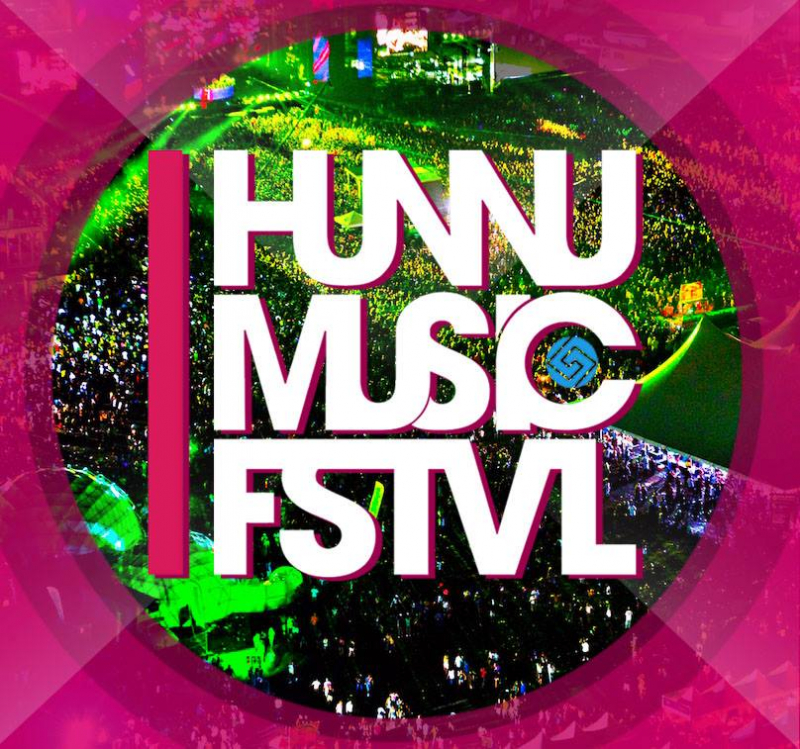
Photo: Hunnu Music Festival 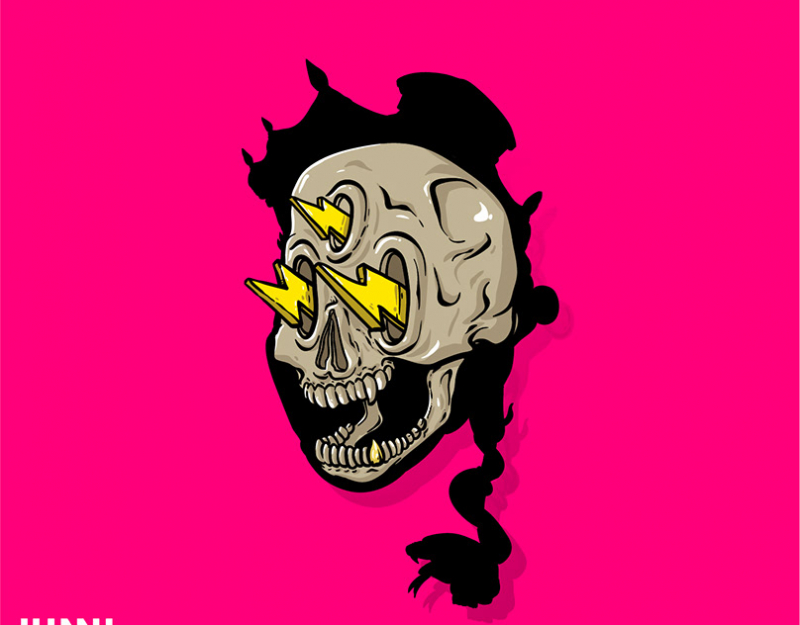
Photo: Behance












